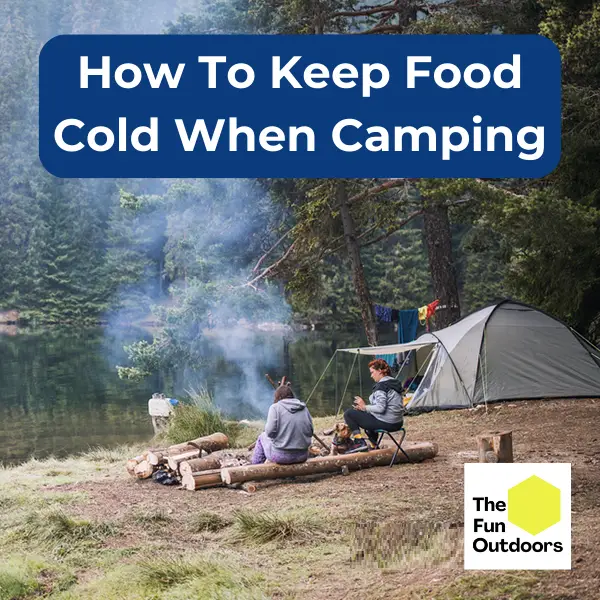When it comes to camping, keeping food cold can be a challenge, especially during the summer months or on longer trips. There are several ways of how to keep cold when camping, which we’ll cover in this guide.
How To Prep Before Camping
When it comes to keeping food cold while camping, proper preparation is key. Here are some tips on how to prep before heading out on your camping trip.
Pre-Chill Your Cooler
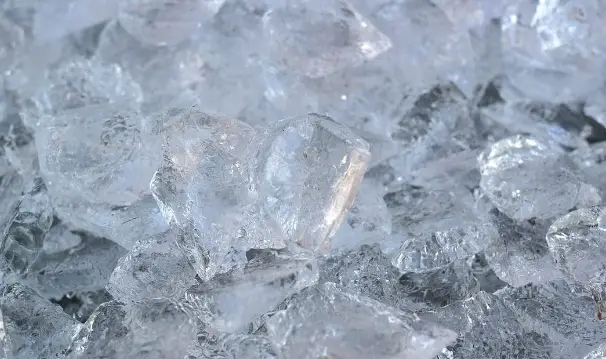
One of the most important things you can do to keep your food cold while camping is to pre-chill your cooler. This means cooling down your cooler before packing it with food and ice. To pre-chill your cooler, you can either store it in a cool place for a few hours or fill it with ice and let it sit for a few hours. This will help to ensure that your cooler is at the right temperature before you pack it with food.
See Related: How Long Does Ice Last In A Cooler?
Freeze Your Food
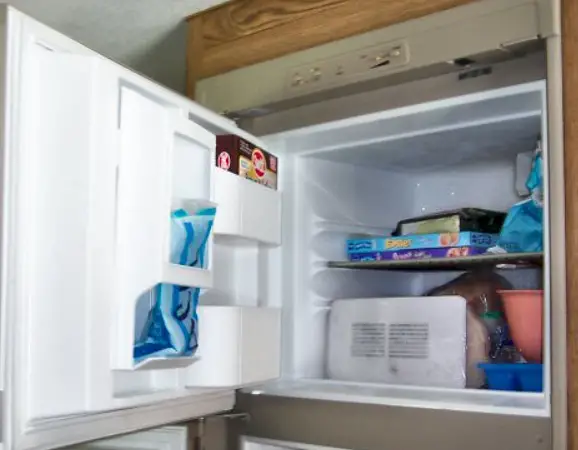
Another way to keep your food cold while camping is to freeze it before you pack it. This is especially helpful for items like meat, which can spoil quickly if not kept at the right temperature. By freezing your food before you pack it, you can help to keep it cold for longer. Plus, as the frozen food thaws, it will help to keep the other items in your cooler cold as well.
When packing your cooler, it’s important to pack it tightly to help keep the cold air inside. This means packing your food and ice tightly together, and avoiding any empty spaces in the cooler. You can also use frozen water bottles or gel packs to help keep your food cold.
Overall, by pre-chilling your cooler, freezing your food, and packing your cooler tightly, you can help to ensure that your food stays cold and safe to eat while camping.
How To Pack Your Cooler For Success
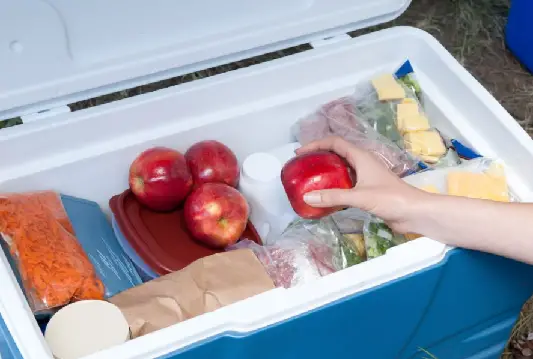
When it comes to camping, keeping food and drinks cold is essential. A cooler is the best way to do this, but packing it correctly can make all the difference in how long your food stays fresh. Here are some tips on how to pack your cooler for success.
Use The Layering Method
Start by placing a layer of ice on the bottom of the cooler. Then, add the items that need to stay the coolest, such as raw meat, on top of the ice. Continue to layer ice and food until the cooler is full. This layering method helps to keep the food at a consistent temperature and prevents it from getting soggy.
Pack It In Tightly
Pack your cooler tightly to prevent air pockets. Air pockets can cause the ice to melt faster, which can lead to your food getting warmer. Use containers to pack food tightly and fill any gaps with ice or frozen water bottles.
Use Ice Packs and Frozen Water Bottles Strategically
Ice packs and frozen water bottles are great for keeping your food cold, but they can take up a lot of space. Use them strategically by placing them in between layers of food or on top of the food. This will help to keep the food cold without taking up too much space.
Protect Your Food From Melting Ice
Melting ice can create a watery mess in your cooler. To prevent this, use waterproof containers or resealable plastic bags to protect your food from the melting ice. This will also help to prevent cross-contamination.
Use A Separate Cooler For Drinks
Drinks can take up a lot of space in your cooler, so consider using a separate cooler for them. This will free up space in your food cooler and make it easier to keep everything cold.
Give Dry Ice A Try
If you’re going on a longer camping trip, dry ice can be a great option for keeping your food cold. It’s much colder than regular ice and can last for several days. However, it’s important to handle dry ice carefully and follow all safety precautions.
How To Keep Your Cooler Cold Longer
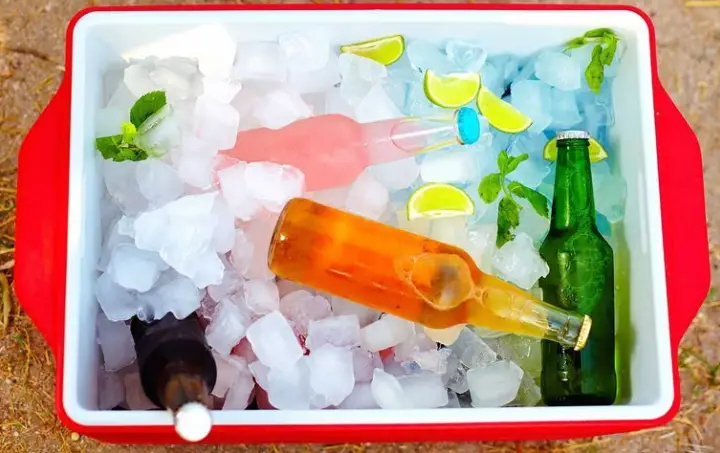
When camping, keeping your food cold is essential to prevent it from spoiling. A cooler is an excellent solution to keep your food fresh, but it’s important to know how to use it effectively. Here are some tips to help you keep your cooler cold for longer:
Place The Cooler In The Shade
The sun can quickly heat up your cooler, so it’s important to keep it in the shade. Look for a spot that is protected from direct sunlight and keep your cooler there as much as possible. If you don’t have access to shade, you can create some by using a tarp or umbrella.
Open The Cooler ONLY When Necessary
Every time you open the cooler, you let warm air inside, which can cause the temperature inside to rise. To prevent this, only open the cooler when necessary. Plan your meals in advance and take out everything you need at once. This will help you avoid opening the cooler multiple times.
Add Extra Insulation
Adding extra insulation to your cooler can help keep it cold for longer. You can use blankets, towels, or even sleeping bags to wrap around the cooler. This will help to keep the cold air inside and prevent warm air from getting in.
Don’t Drain The Cooler
Draining the water from your cooler can actually cause it to lose its effectiveness. The water inside the cooler helps to keep the temperature down, so it’s best to leave it in. If you need to remove excess water, use a sponge or towel to soak it up.
Use a Thermometer Inside The Cooler
Using a thermometer inside the cooler can help you monitor the temperature and make sure your food stays at a safe temperature. Place the thermometer in the center of the cooler and check it regularly to ensure the temperature stays below 40°F.
Choosing The Right Kind Of Foods
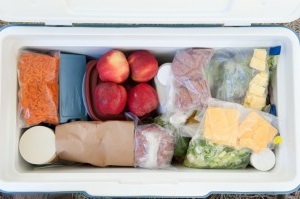
When it comes to camping, choosing the right kind of foods is crucial to ensure that your meals are safe to eat and remain fresh throughout your trip. Here are some tips on what types of foods to bring when camping:
Non-Perishable Foods
Non-perishable foods are a great option for camping trips, as they do not require refrigeration and can last for a long time. Some examples of non-perishable foods include:
- Granola bars
- Dried fruits and nuts
- Canned goods (such as soups, beans, and vegetables)
- Crackers and bread
- Peanut butter and jelly
- Jerky and other dried meats
These foods are perfect for snacking on throughout the day or for quick and easy meals.
Perishable Foods
While non-perishable foods are convenient, it’s important to include some perishable foods in your camping menu as well. Here are some tips on how to choose the right perishable foods for camping:
- Choose ingredients that can be used in multiple dishes, such as onions, garlic, and potatoes.
- Opt for fresh food that can be eaten within the first couple of days of your trip, such as fruits and vegetables.
- Consider bringing soft cheeses that can last for a few days without refrigeration.
- Freeze meats before your trip and pack them in a cooler with ice packs to keep them fresh.
It’s important to keep in mind that perishable foods should be stored in a cooler with ice packs to prevent spoilage. Again, make sure to keep the cooler in a shaded area and avoid opening it frequently to maintain the temperature inside.
Additional Tips and Tricks
Using Dry Ice
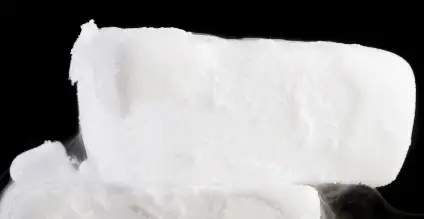
Dry ice is an excellent way to keep food cold when camping, especially for longer trips. It is much colder than regular ice, and it doesn’t melt, which means that it will keep your food frozen for a longer time. However, it is important to handle it with care, as it can be dangerous if not used properly. Here are some tips for using dry ice:
- Use gloves or tongs to handle the dry ice, as it can cause burns if it comes into contact with your skin.
- Wrap the dry ice in a towel or newspaper to prevent it from touching the food directly.
- Place the dry ice at the bottom of the cooler, and then layer the food on top of it. Make sure to leave some space between the food and the dry ice, as it can freeze the food if it comes into direct contact with it.
- Keep the cooler in a well-ventilated area, as dry ice releases carbon dioxide, which can be harmful if it accumulates in an enclosed space.
Making Your Own Ice Packs
Making your own ice packs is a great way to keep your food and drinks cool when camping, without having to buy expensive reusable ice packs. Here are some tips for making your own ice packs:
- Fill a freezer bag with water and freeze it overnight.
- Use frozen water bottles as ice packs.
- Freeze a wet sponge and use it as a reusable ice pack.
- Use rock salt to lower the freezing point of water, which will make it colder and last longer.
By following these additional tips and tricks, you can keep your food and drinks cold and fresh for longer periods, even in hot and humid weather conditions.

